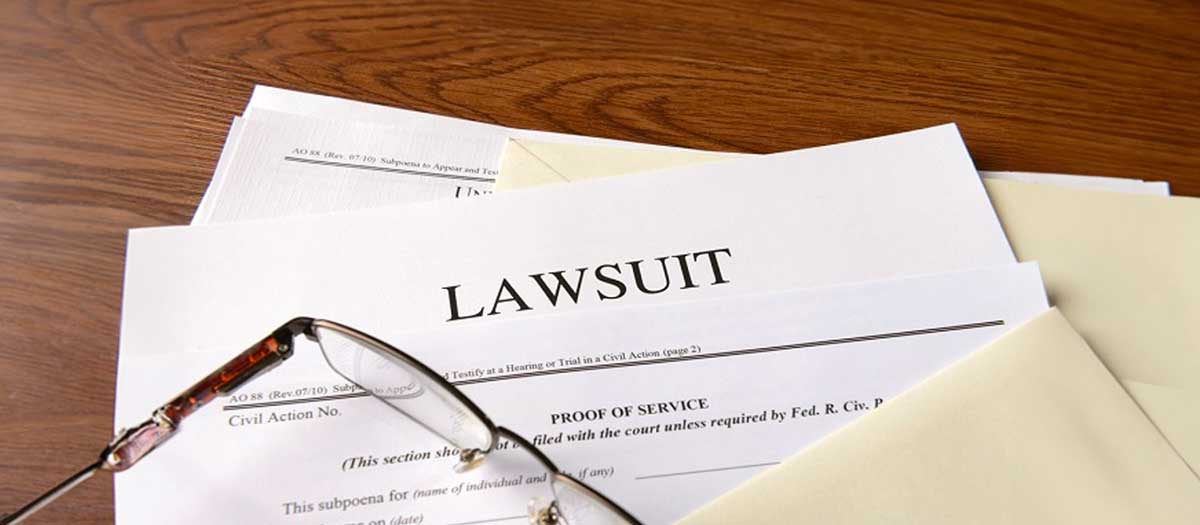Employer Liability & New Standards in a Post-COVID World
The COVID-19 pandemic has changed the state of work as we know it. Millions of employees have been forced to work from home, many of them doing so for the first time ever. Employers are in the process of transitioning operations to run smoothly on a remote basis, retraining employees, investing in technology solutions, and reshaping company roles to better suit remote work. With no end currently in sight, it’s expected that the COVID-19 crisis will dramatically alter the way we work for the foreseeable future.
Even once the pandemic has subsided, employers will be faced with new standards and protocols that could make maintaining an office space unrealistic, or at the very least, tremendously expensive. With so many major changes on the horizon, it’s reasonable to assume that the “new normal” may very well involve many workplaces permanently shifting to remote work, at least until a viable COVID-19 vaccine or treatment can be developed.
What the “new normal” will look like for workplaces
It’s been stated over and over that things will not be going back to “normal” for quite some time - workplaces are going to need to completely transform their day-to-day operations in order to accommodate new regulations and alleviate the fears and anxieties of employees. When workplaces can transition back into the office, employers will likely be required to perform and record regular temperature checks for each employee to ensure that nobody is at risk of potentially spreading the virus to coworkers, even after it has mostly subsided.
Employers may also be obligated to provide masks, gloves, and other PPE to employees who work in close proximity to one another - failure to provide equipment could result in a company-wide spread of the virus. Surfaces will need to be constantly cleaned and disinfected, with documentation clearly provided that states when surfaces and rooms were last cleaned and how often they’re cleaned. Traditional pull and push doors may need to be completely switched out for automatic doors to eliminate the risk of cross contamination.
The real risk of a second wave
Even if the coronavirus is to subside in the near future, most experts agree that a second wave is almost inevitable - especially without a vaccine. With the threat of a second wave looming, workplaces will need to continue practicing social distancing measures of some sort. Break rooms will be limited to just a few employees at a time, desks will need to be moved further apart, and equipment will need to be constantly cleaned or assigned to one specific employee to minimize risk.
On top of everything, employees who commute via public transit will be risking transmission of the virus twice daily, putting the rest of the office at a greater risk. It’s also impossible for employers to know who employees are interacting with outside of the workplace, making it increasingly likely that a second wave hits the office sooner or later. All of this risk falls squarely on the shoulders of employers, who are going to be held liable for the well-being of their entire workforce.
Why employers should continue to embrace remote work
Until a vaccine can be developed, it won’t make economic sense for the majority of businesses to adhere to the new standards that will need to be put in place to protect employees. From adding additional office space and modifying existing infrastructure, to investing in specialized insurance to protect employers and businesses from liability, working from an office is going to become even more expensive than it currently is.
Working from home has been proven to improve employee productivity and job satisfaction, allowing employees to improve their work-life balance and spend time with those who matter most to them. In order to thrive in a post-COVID world, businesses are going to have to embrace remote work as a cost effective alternative to running an office - at least until a vaccine becomes available. Working from home protects employees, allowing them to practice social distancing, eliminating the need to commute, and minimizing the risk of accidentally transmitting the virus through high touch surfaces and high traffic areas.
Until things can return to some semblance of normalcy, it makes the most economic sense for employers to continue using the remote working models rolled out and perfected since the beginning of the pandemic. Practices have already been put into place, and employees have finally had the chance to acclimate to their new situation.
The risk to your business and its employees is too great to rush back into the office, especially when you’ve already taken the time and effort needed to establish an effective low-risk remote working model. As long as employees have a confident leader and the technology needed to succeed in the roles, your business will be able to weather the storm until the work world can safely return to normal.
For more information on how Prodoscore can help you manage your remote workforce, contact us today.

